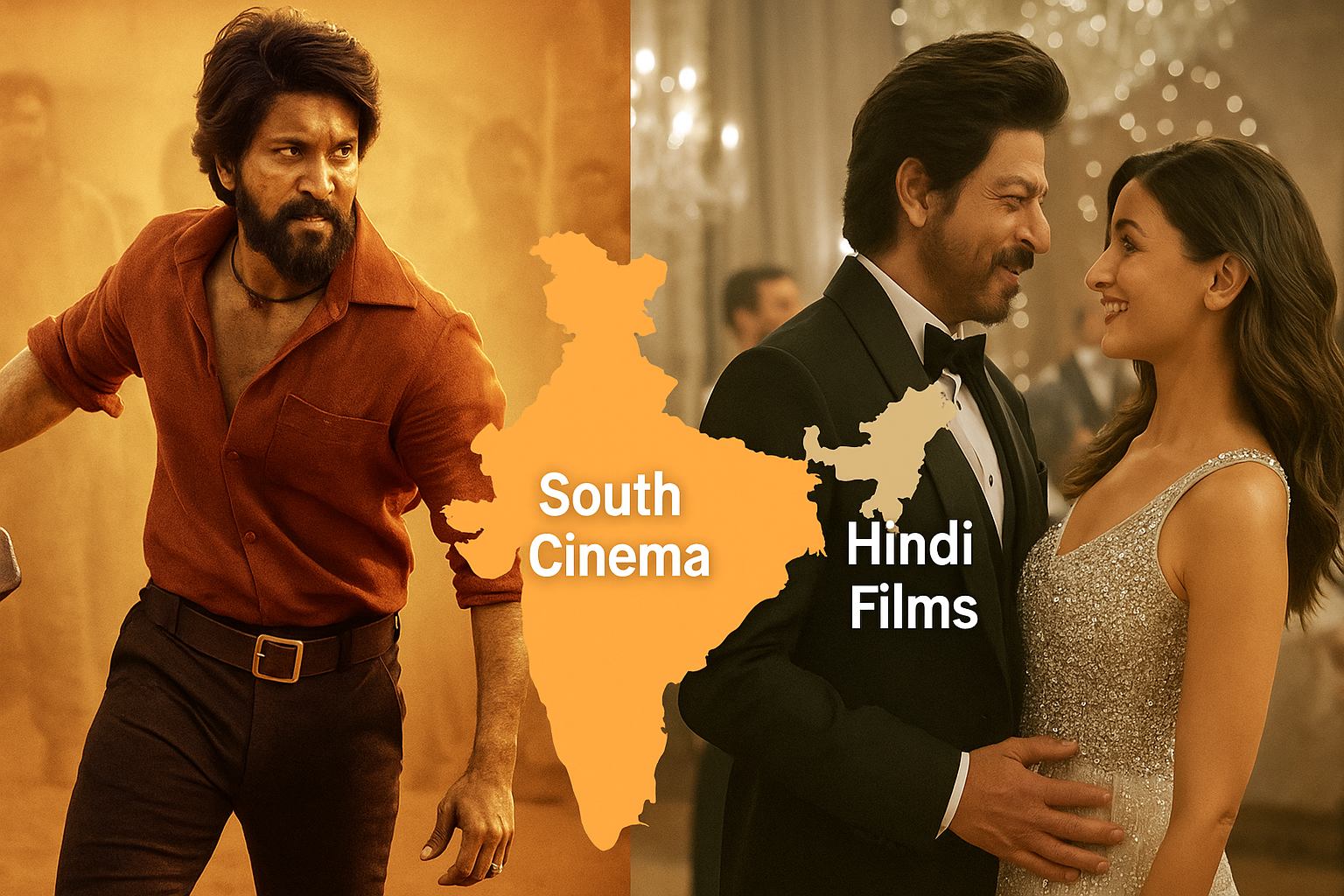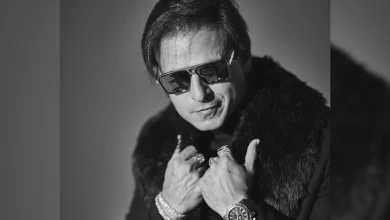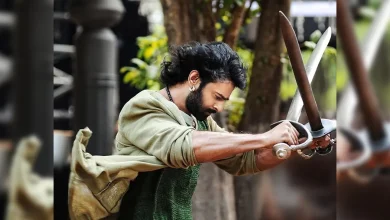Storytelling Meets Business: South Cinema’s Impact on Hindi Films
Entertainment
Hindi cinema is experiencing a seismic shift, driven largely by the influence of South Indian films. Known for their gripping narratives, high-octane action, and visually stunning execution, South films have set new benchmarks that Bollywood is eager to emulate. The blend of compelling storytelling with innovative business strategies has redefined how films are created, marketed, and monetized in India’s largest film industry.
Narrative Excellence at the Core
South Indian cinema has long been praised for its tightly-knit storytelling. Filmmakers focus on a clear narrative arc, strong character development, and a perfect balance between emotion and spectacle. Unlike traditional Bollywood fare that sometimes relies heavily on star power, South films put the story first. This approach ensures audience engagement and emotional investment, which is now inspiring Hindi filmmakers to rethink their scripts and give content the importance it deserves.
Pan-India Reach and Marketing Mastery
One of the most notable contributions of South Indian cinema to Bollywood is the concept of pan-India films. Titles like KGF: Chapter 2, RRR, and Pushpa have broken linguistic and regional barriers, proving that a strong story can appeal to audiences across the country. Their marketing strategies—ranging from multilingual promotions to strategic release dates—have provided a blueprint for Hindi filmmakers seeking wider reach. Bollywood is now adopting these tactics, ensuring films resonate beyond Hindi-speaking regions.
Balancing Star Power with Content
South films excel at combining star appeal with strong storytelling. The hero remains larger-than-life but never overshadows the narrative. This balance is becoming a guiding principle for Bollywood, where filmmakers increasingly realize that relying solely on star power is no longer enough. Movies are now being designed to give equal weight to performance, plot, and production quality, creating a more holistic cinematic experience.
Visual Brilliance and Technical Innovation
From breathtaking action sequences to cinematic grandeur, South films have raised the bar for visual storytelling. Directors invest heavily in VFX, sound design, and cinematography, creating immersive experiences. Bollywood has taken notice, with studios now emphasizing high-quality production values to compete on a national and global scale. Technical excellence has become a critical factor in audience engagement, making films more visually appealing and commercially viable.
A Smarter Business Model
South Indian studios have also demonstrated innovative business strategies. Multi-language releases, OTT rights, merchandise, and international distribution have become standard practices, ensuring maximum ROI. Bollywood is rapidly adopting these methods, understanding that success depends not only on the film itself but also on how it’s marketed and monetized. By integrating storytelling with strategic business planning, Hindi cinema is now learning to maximize profitability while maintaining artistic quality.
Cultural Authenticity Meets Universal Appeal
A key lesson from South cinema is the ability to retain cultural authenticity while appealing to a wide audience. Regional nuances are celebrated rather than diluted, yet the story resonates universally. Bollywood is now experimenting with this balance, producing films that maintain Indian cultural identity while being accessible and appealing to pan-India and global audiences.
Conclusion: A Win-Win Formula
South Indian cinema has proven that a film’s success depends on the seamless integration of storytelling and business acumen. Hindi cinema is learning this winning formula, resulting in movies that are richer in content, more visually striking, and strategically marketed. This cross-pollination is shaping a new era for Bollywood—one where creativity meets commerce, and stories connect audiences across regions and languages.




